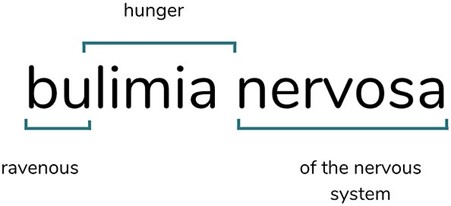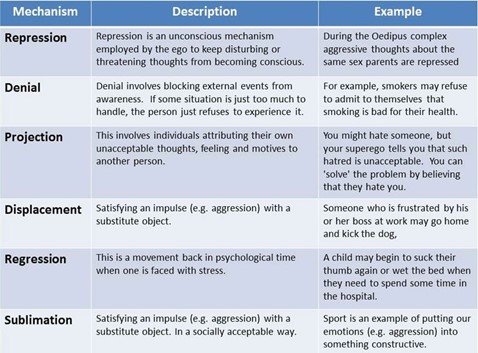Which best describes a characteristic of bulimia nervosa?
Always avoiding social gatherings and family meals
Bingeing on unhealthy food and purging after, to induce vomiting.
Restricting caloric intake all the time
Following a very strict diet and exercise program
The Correct Answer is B
Bulimia nervosa is an eating disorder characterized by recurrent episodes of binge eating followed by inappropriate compensatory behaviors such as self-induced vomiting, misuse of laxatives or diuretics, fasting, or excessive exercise. Binge eating refers to the consumption of an abnormally large amount of food within a short period, accompanied by a feeling of loss of control overeating. After bingeing, individuals with bulimia nervosa feel guilty, ashamed, and anxious about their behavior, and try to compensate by purging.
Options a, c, and d are incorrect as they do not accurately describe the characteristic features of bulimia nervosa.
Avoiding social gatherings and family meals is a characteristic of social anxiety disorder, not bulimia nervosa. Restricting caloric intake all the time is a characteristic of anorexia nervosa, a different type of eating disorder. Following a strict diet and exercise program is not necessarily a characteristic of bulimia nervosa, although some individuals with bulimia nervosa may engage in excessive exercise as a compensatory behavior.

Nursing Test Bank
Naxlex Comprehensive Predictor Exams
Related Questions
Correct Answer is C
Explanation
Rationalization is a defence mechanism in which a person attempts to justify or explain their behavior or actions in a way that makes them seem more acceptable or reasonable. In this case, the client is using rationalization by attributing their alcohol abuse to their job and the need to drink with clients at parties.
Option a. Compensation is a defense mechanism in which a person attempts to make up for a perceived weakness or deficiency by excelling in another area.
Option b. Suppression is a defense mechanism in which a person consciously chooses to avoid thinking about or dealing with unpleasant thoughts or feelings.
Option d. Reaction-formation is a defense mechanism in which a person behaves in a way that is opposite to their true feelings or desires.

Correct Answer is D
Explanation
This client is experiencing auditory hallucinations and may be at risk for self-harm or suicide. The nurse should prioritize visiting this client first to assess their safety and provide appropriate interventions.
Option a. A client who recently burned her arm by accident while using a hot iron at home may require wound care and education on safety, but this situation is not as urgent as the client experiencing auditory hallucinations.
Option b. A client who tells the nurse he experienced manifestations of severe anxiety before and during a job interview may benefit from interventions to manage anxiety, but this situation is not as urgent as the client experiencing auditory hallucinations.
Option c. A client who requests that her antipsychotic medication be changed due to some new adverse effects may require medication adjustment and monitoring for side effects, but this situation is not as urgent as the client experiencing auditory hallucinations.
Whether you are a student looking to ace your exams or a practicing nurse seeking to enhance your expertise , our nursing education contents will empower you with the confidence and competence to make a difference in the lives of patients and become a respected leader in the healthcare field.
Visit Naxlex, invest in your future and unlock endless possibilities with our unparalleled nursing education contents today
Report Wrong Answer on the Current Question
Do you disagree with the answer? If yes, what is your expected answer? Explain.
Kindly be descriptive with the issue you are facing.
